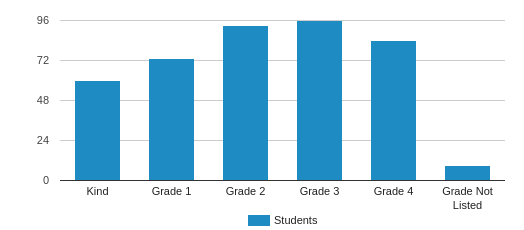
Improving clinicians’ awareness of rising cannabis-involved ED visits might aid in early diagnosis of cannabis intoxication among young persons. ED visit rates among children and adolescents aged 11–14 years did not differ by sex until the first half of the 2020–21 school year (2020, weeks 37–53), when ED visit rates among females surpassed those among males. Large increases in cannabis-involved ED visits throughout the COVID-19 pandemic compared with prepandemic surveillance periods in 2019 were identified among persons aged ≤10 years. Mean weekly cannabis-involved ED visits among all young persons were higher during the COVID-19 pandemic in 2020, 2021, and 2022, compared with corresponding periods in 2019. cannabis-involved emergency department (ED) visits (i.e., those for which cannabis use was documented in the chief complaint or a discharge diagnosis) among young persons aged <25 years during the COVID-19 pandemic, CDC used National Syndromic Surveillance Program data to examine changes in ED visits during 2019–2022. Local implementation of youth- and young adult–focused evidence-based programs to improve coping with stressors might prevent initiation and continued use of cannabis, and modifications in cannabis packaging might decrease its appeal to youth, as cannabis use policies continue to increase cannabis availability in some states. To protect youths from unintentional ingestions, it is important that safe cannabis storage practices be employed in households.

What are the implications for public health practice?


Large increases in cannabis-involved ED visit rates occurred among children aged ≤10 years, and among persons aged 11–14 years rates among females aged 11–14 years increased more than they did among males. Cannabis-involved emergency department (ED) visits increased for youths aged 0–14 years before 2019, as cannabis legalization expanded across the United States.Ĭannabis-involved ED visits among young persons were higher during the COVID-19 pandemic than during 2019.


 0 kommentar(er)
0 kommentar(er)
